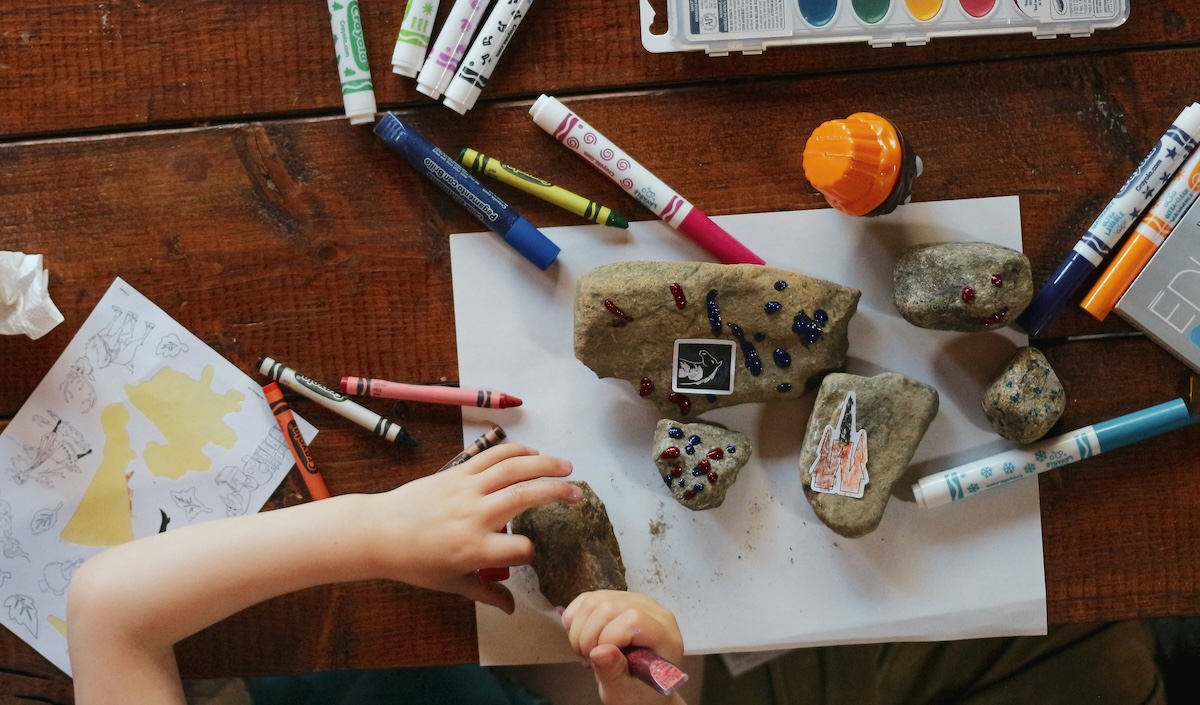How to Teach Kids to Work Hard (while having fun!)

The most important mathematic equation that a child can learn is that hard work leads to success. While we know that there is a lot of nuance as to what is considered hard work and what constitutes success, can we just admit that these are grown-up complications that we needn’t pass down to the next generation? Instead, as parents and educators we have a responsibility to remove the complexities from the truism so that kids can enjoy a head start in life and reap the rewards of happiness accordingly. Enjoy the short video below (and quote from Jerry Rice!) and read ahead for our 3-step guide for how to teach kids to work hard while having fun in the process.
3 Powerful Steps to Teaching Your Children/Students to Work Hard in a Way That They Will Enjoy
Step 1: Have Them Pick a Passion Project
Children (and adults for that matter) are far more likely to work hard at something that they are passionate about. Have them choose a challenging project that is based on a deep-seeded interest of theirs. It may be related to anything from art, baking, building, gardening, music, paleontology, photography, or something beyond and between. Leave the concept up to them, but provide guidance as to what the project specifics should be so that the end goal is clear, while requiring completion of a series of challenging steps to project conclusion. For example, if they decide they want to pick a passion project about gardening, have them organize a gardening project for their school or own backyard (as applicable) which involves selecting a location, deciding upon crops based upon climate, securing seeds and gardening tools, delegating roles and responsibilities, and seeing it through to the “grand opening” of the garden (yes, even if it’s in your own backyard).
By learning to work hard and see the results unfold regarding projects they are passionate about, they will also develop the skills required to take on tasks that they are not so interested in (i.e. other subjects at school and/or chores around the house).
Step 2: Establish Defined Timelines
The biggest barrier to hard work, is putting it off. You can teach kids to avoid procrastination by establishing a defined timeline for which pre-defined steps of the chosen project are completed on schedule. For example, if your budding young architect decided that he/she wants to build a treehouse, make a Week 1 goal to draw a detailed blueprint of what the tree house will look like, followed by a Week 2 goal to secure the required wood, and a Week 3 goal to build the initial ladder, so on and so forth. There must be no room for interpretation when defining the roadmap – it should be clear and concise for your child/student to follow.
Step 3: Provide Rewards for Reaching Project Goals
While seeing their passion project edge closer to completion is often reward enough, it’s OK to get a little Pavlovian by providing rewards for each completed step in the project roadmap. This “conditions” (for a complete lack of better words) your child/student to understand that when they work hard in a manner defined by clear steps, they will be rewarded for their efforts. Positive reinforcement goes a long way towards making kids become highly motivated and contributing members of their household, classroom, community, and eventually the world.
The Plant a Seed & See What Grows Foundation works tirelessly to inspire and promote healthy living for kids across Canada. Help us help the next generation by pledging your support too! View more on how you can get involved.








